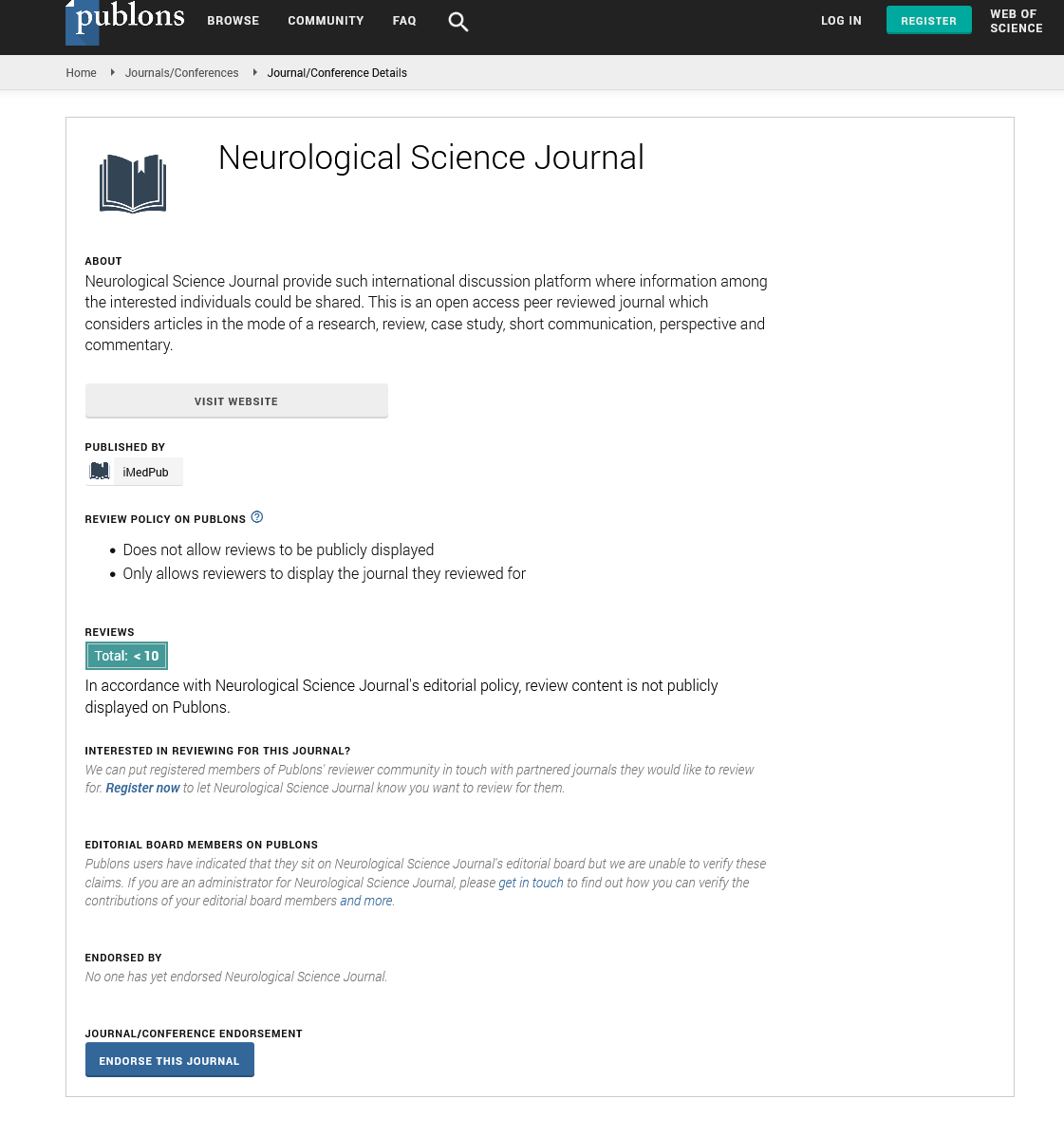Abstract
Is Body Weight Loss a Harbinger of Methamphetamine-induced Neurotoxicity?
Methamphetamine (MA) is a drug of abuse of societal concern. Euphoria, increased energy/alertness and enhanced libido all contribute to the appeal, and therefore, abuse of this psych stimulant. Weight losa represents still another attribute of MA as indicated in both human [1-4] and animal [5, 6] studies. In fact, weight loss has been reported as a reason for MA use [7-9] and MA under the trademark name Desoxyn, has been approved for use clinically in the treatment of exogenous obesity, as well as for ADHD and narcolepsy
In animal studies, MA has served as an agent to induce neurotoxicity within the Nigrostriatal Dopaminergic (NSDA) system, and thus a means to study conditions that modulate this neurotoxicity. For example, sex, hormonal factors and adrenergic blockers all affect the degree of MAinduced neurotoxicity. A summary of the pair wise differences in MA-induced neurotoxicity (dorsal striatal dopamine depletion) for these three different factors, along with the corresponding changes in body weight to MA is illustrated in panels A-C of the Figure 1. In all three situations, conditions showing greater amounts of dopamine depletion (A-males versus females, B-testosterone versus sesame oil vehicle treated controls, C-Propranolol (PROP) versus Prazosin (PRAZ)) are associated with the greater amounts of body weight reductions.
Author(s): Dean E Dluzen
Abstract | Full-Text | PDF
Share This Article
Google Scholar citation report
Citations : 11
Neurological Science Journal received 11 citations as per Google Scholar report
Neurological Science Journal peer review process verified at publons
Abstracted/Indexed in
- Google Scholar
- Publons
Open Access Journals
- Aquaculture & Veterinary Science
- Chemistry & Chemical Sciences
- Clinical Sciences
- Engineering
- General Science
- Genetics & Molecular Biology
- Health Care & Nursing
- Immunology & Microbiology
- Materials Science
- Mathematics & Physics
- Medical Sciences
- Neurology & Psychiatry
- Oncology & Cancer Science
- Pharmaceutical Sciences
